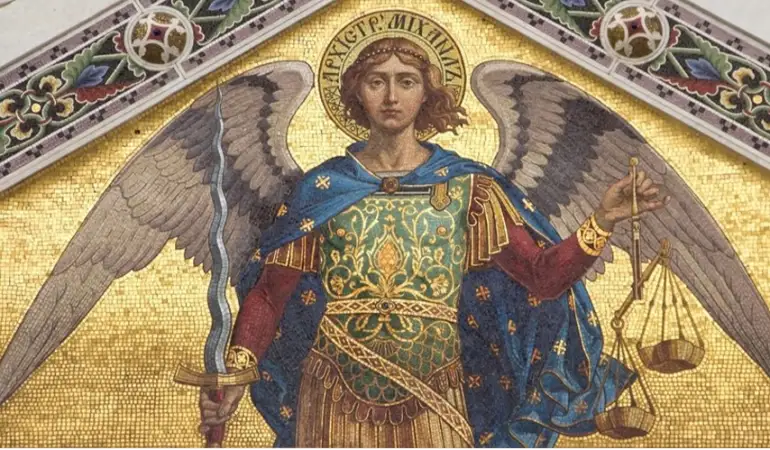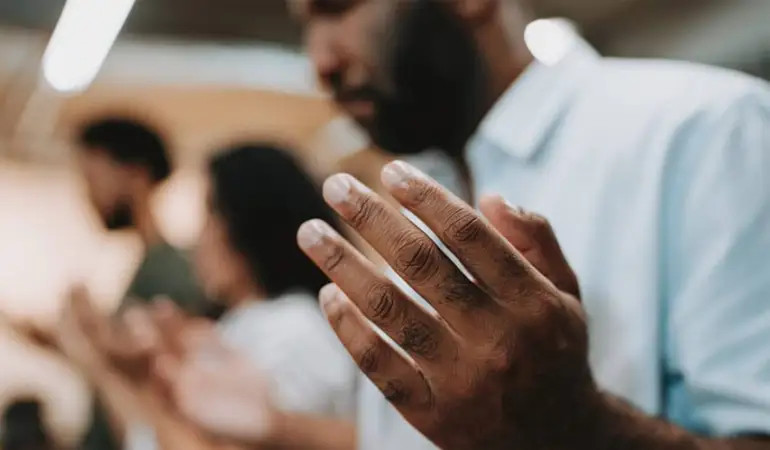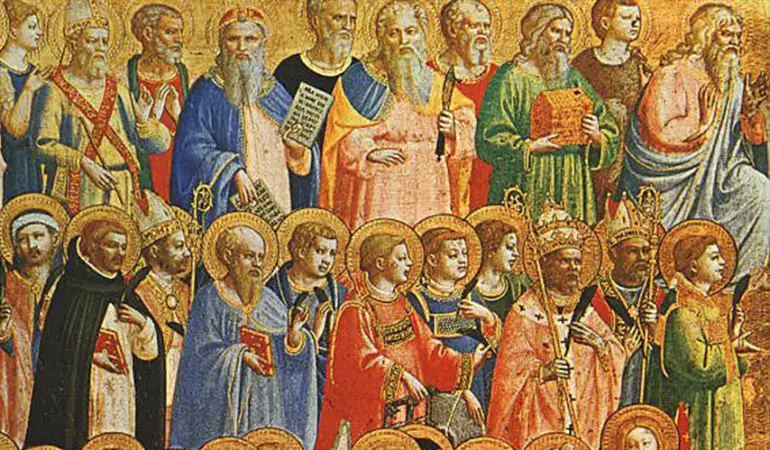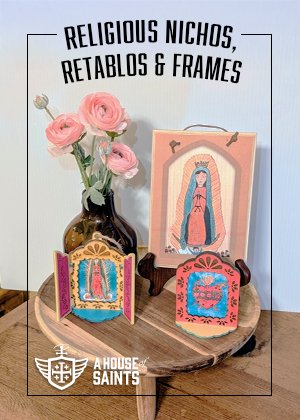The Power of Prayer: Understanding Intercession in Faith
Exploring how believers connect with the divine and each other through the sacred act of intercession.
February 26, 2025 14:25
From an external perspective, the concept of prayer is universal across many faiths – a direct communication with the divine. But within the tapestry of Christian belief, particularly Catholicism, there's a specific dimension of prayer known as "intercession." This isn't just about praying for oneself, but about praying for others, and even asking others (including those believed to be in heaven) to pray for us. It's a fascinating aspect of faith that highlights a deep sense of communal connection, bridging individuals and even realms.
So, what exactly is intercession, and why is it considered such a powerful and sacred act within the Catholic faith?
What is Intercession? A Prayer for Another
At its heart, intercession is the act of praying on behalf of someone else. It's standing in the gap, spiritually speaking, for another person, a group, or even a particular intention. This is a practice found throughout the Bible, where figures like Abraham, Moses, and even Jesus Himself interceded with God on behalf of others.
For Catholics, intercessory prayer is a fundamental expression of charity and solidarity. It acknowledges that we are not isolated individuals in our spiritual journeys but are interconnected members of a larger community. When one person prays for another, they are offering support, love, and drawing upon God's grace for that individual's needs.
Why is Intercession Considered Powerful?
The belief in the power of intercession stems from several theological understandings:
- God's Invitation: Catholics believe God invites us into a relationship with Him and that prayer is a central part of this. Asking for what we need, and asking on behalf of others, is seen as participating in God's loving plan.
- Solidarity and Love: Intercession is an act of profound love. It demonstrates concern for another's well-being, both temporal and spiritual. When we pray for someone, we are actively expressing our care and support.
- The Body of Christ: A core Christian teaching is that believers form the "Body of Christ," where each member is connected. Just as a physical body works together, so too does the spiritual body. One member's prayer can benefit another.
- Humility and Reliance on God: When we intercede, we acknowledge that we ourselves may not have the power or the direct answer to a problem, but that God does. It’s an act of humble reliance on divine providence.
Methods of Intercessory Prayer: Connecting with God and Each Other
Intercession can take many forms, from spontaneous whispers to formalized prayers. The methods often reflect personal devotion as well as communal liturgical practices:
1. Direct Personal Intercession: This is the most common form:
- Silent Prayer: Simply holding someone in your thoughts and intentions before God.
- Spoken Prayer: Offering specific petitions aloud for individuals, the sick, the suffering, leaders, or global peace.
- Intentions at Mass: During Catholic Mass, there are specific moments (the "Prayers of the Faithful" or "General Intercessions") where the community collectively offers prayers for the Church, the world, those in need, and the deceased.
2. Intercession through Saints: This is where the concept of "praying to saints" fits into the broader understanding of intercession. As discussed in previous articles, Catholics believe that saints in Heaven, being in God's immediate presence, are powerful intercessors. When a Catholic "prays to" a saint, they are asking that saint to join their prayers for a specific intention and present them to God. It’s asking a holy friend in Heaven to pray for you.
3. Physical Postures of Intercession: Just like any form of prayer, intercessory prayer can be accompanied by various physical postures that express the believer's interior disposition:
- Kneeling: A posture of humility, reverence, and supplication. It signifies an earnest plea to God, acknowledging His sovereignty.
- Folding or Holding Hands: A classic posture for prayer across many traditions, symbolizing focus, sincerity, and unity in petition.
- Bowing the Head: A simple gesture of respect, submission, or acknowledgment of the sacred.
- Standing: Often used during communal prayers, reflecting readiness, respect, and attentiveness.
- Prostration: Lying face down on the ground, a more extreme posture of profound humility and complete surrender, typically reserved for very solemn occasions or intense personal prayer.
These postures are not merely ceremonial; they are seen as helping to orient the body and mind towards prayer, deepening the spiritual experience of reaching out to God on behalf of others.
The Unity in Intercession
For a Catholic, the act of intercession reinforces a profound sense of unity. It underscores the belief that believers are not alone, either in their struggles or in their triumphs. By praying for one another, and by seeking the prayers of those believed to be in Heaven, Catholics experience a tangible connection within the "Communion of Saints," truly bridging Heaven and Earth through the sacred and powerful act of prayer.





